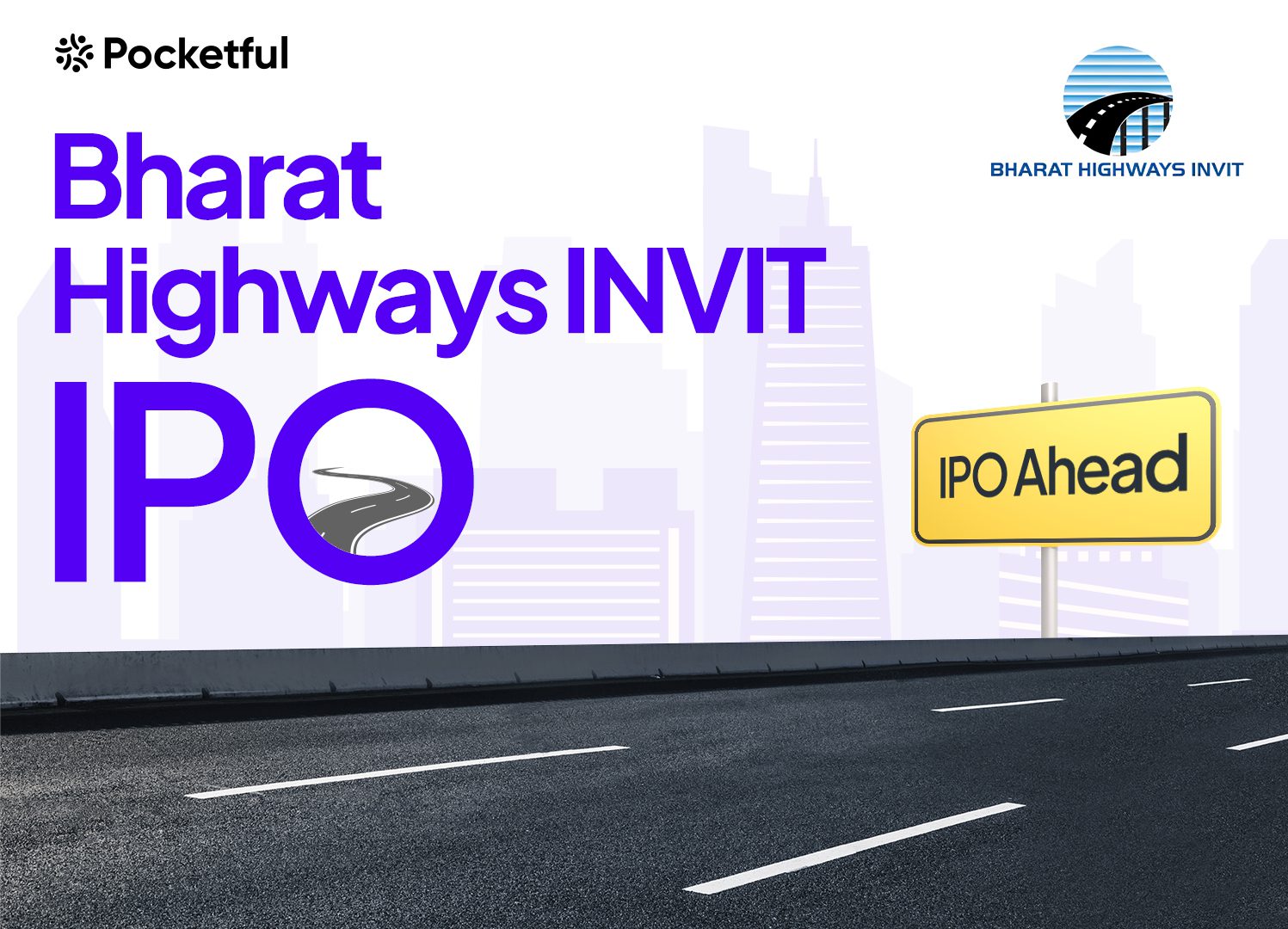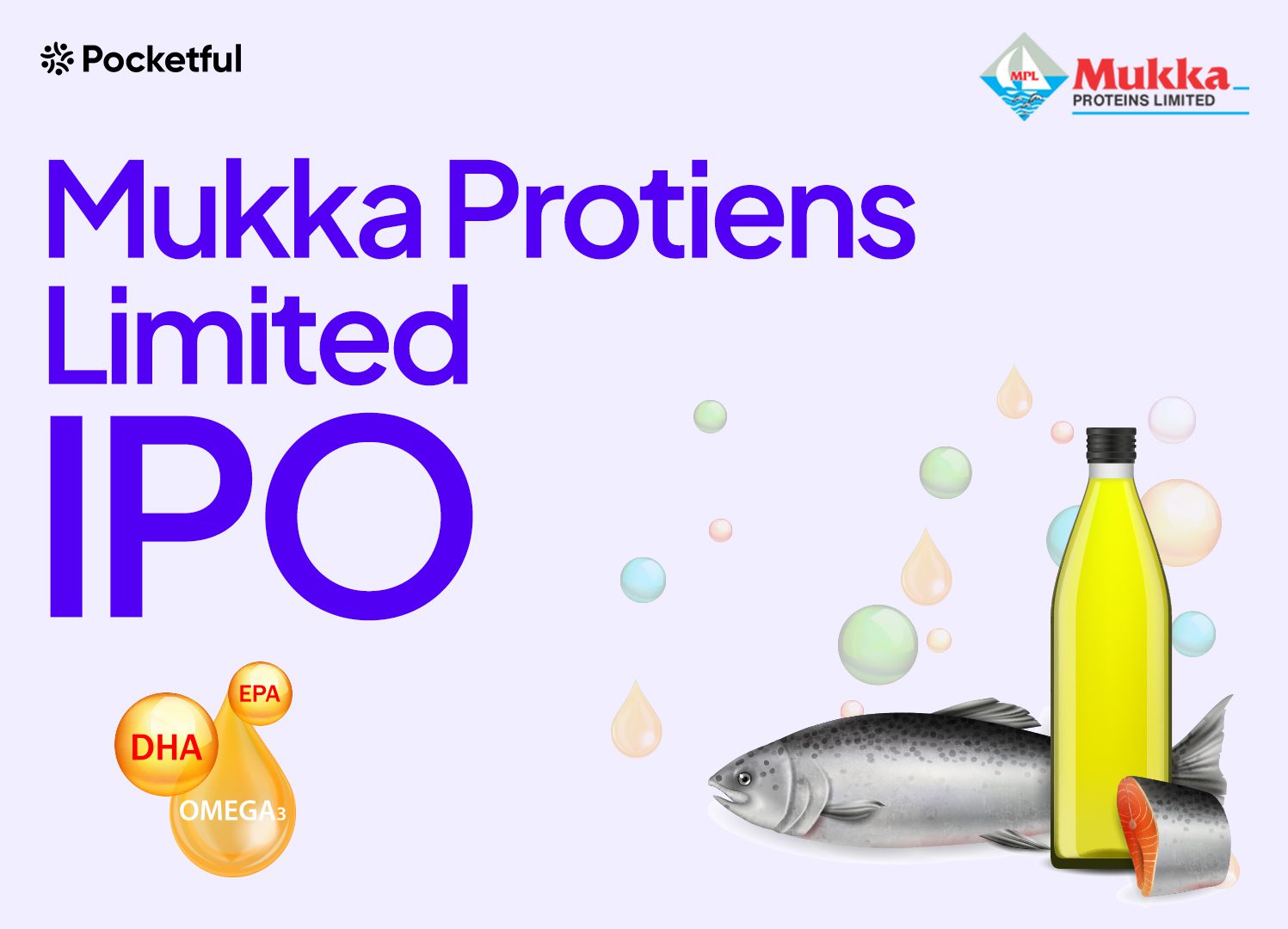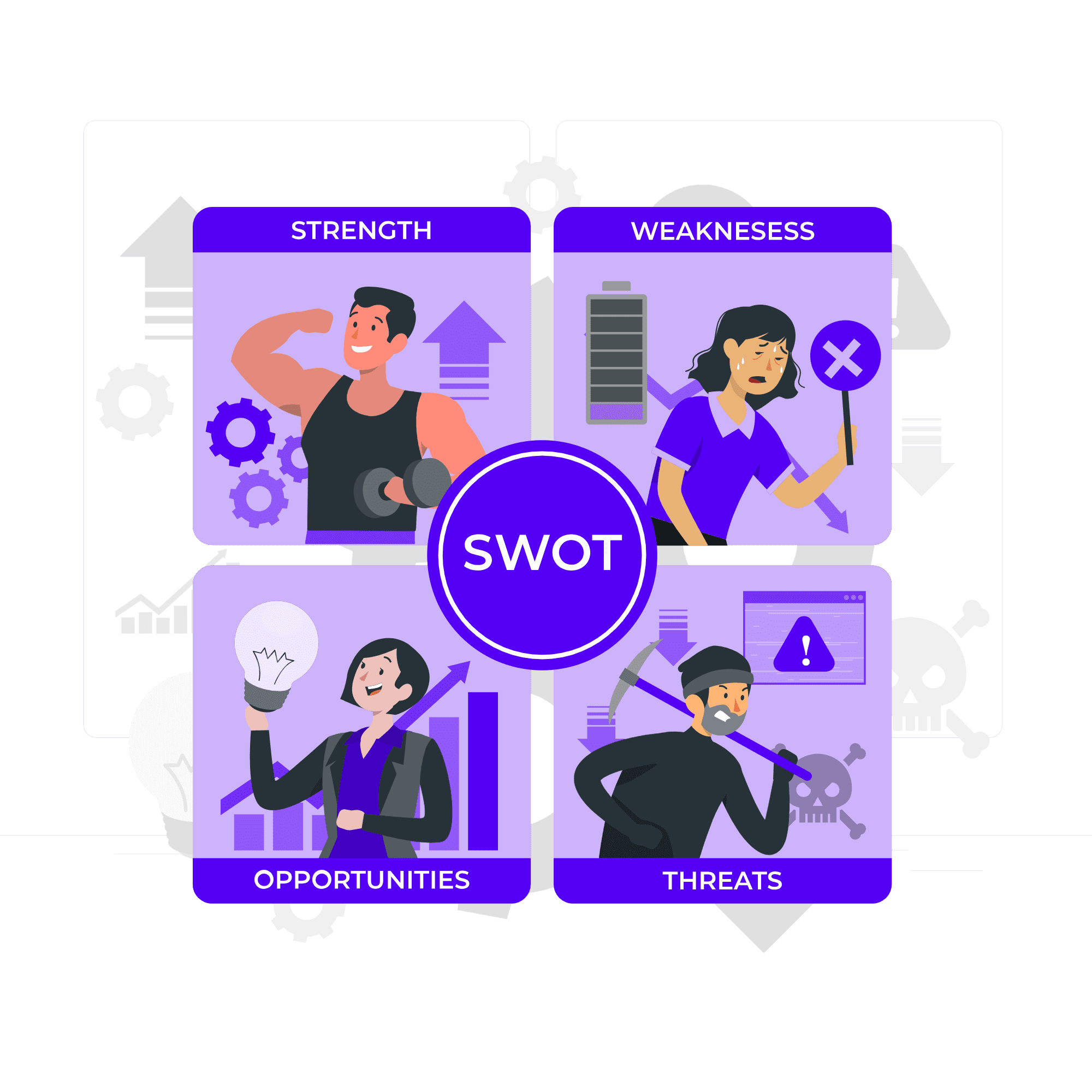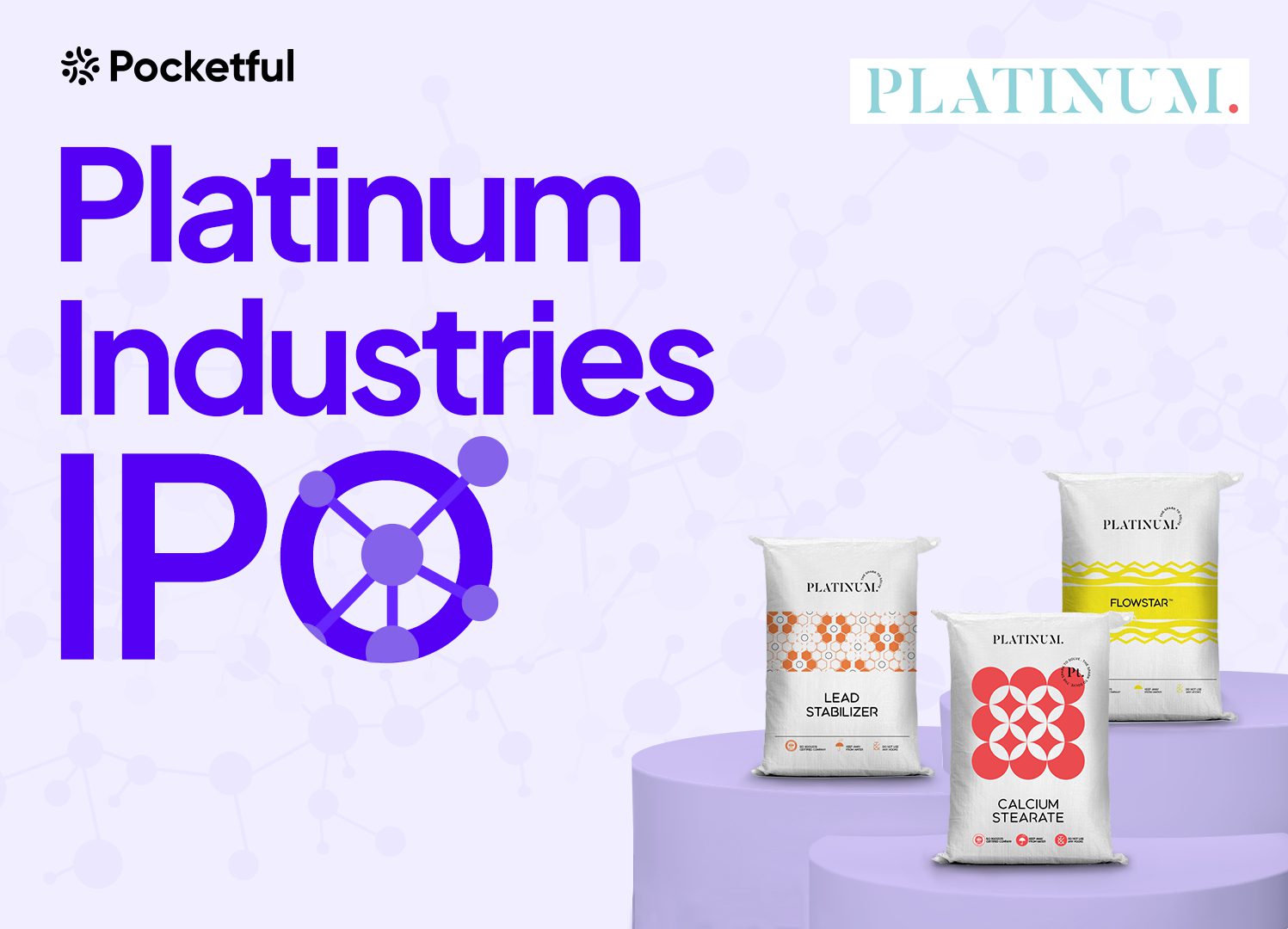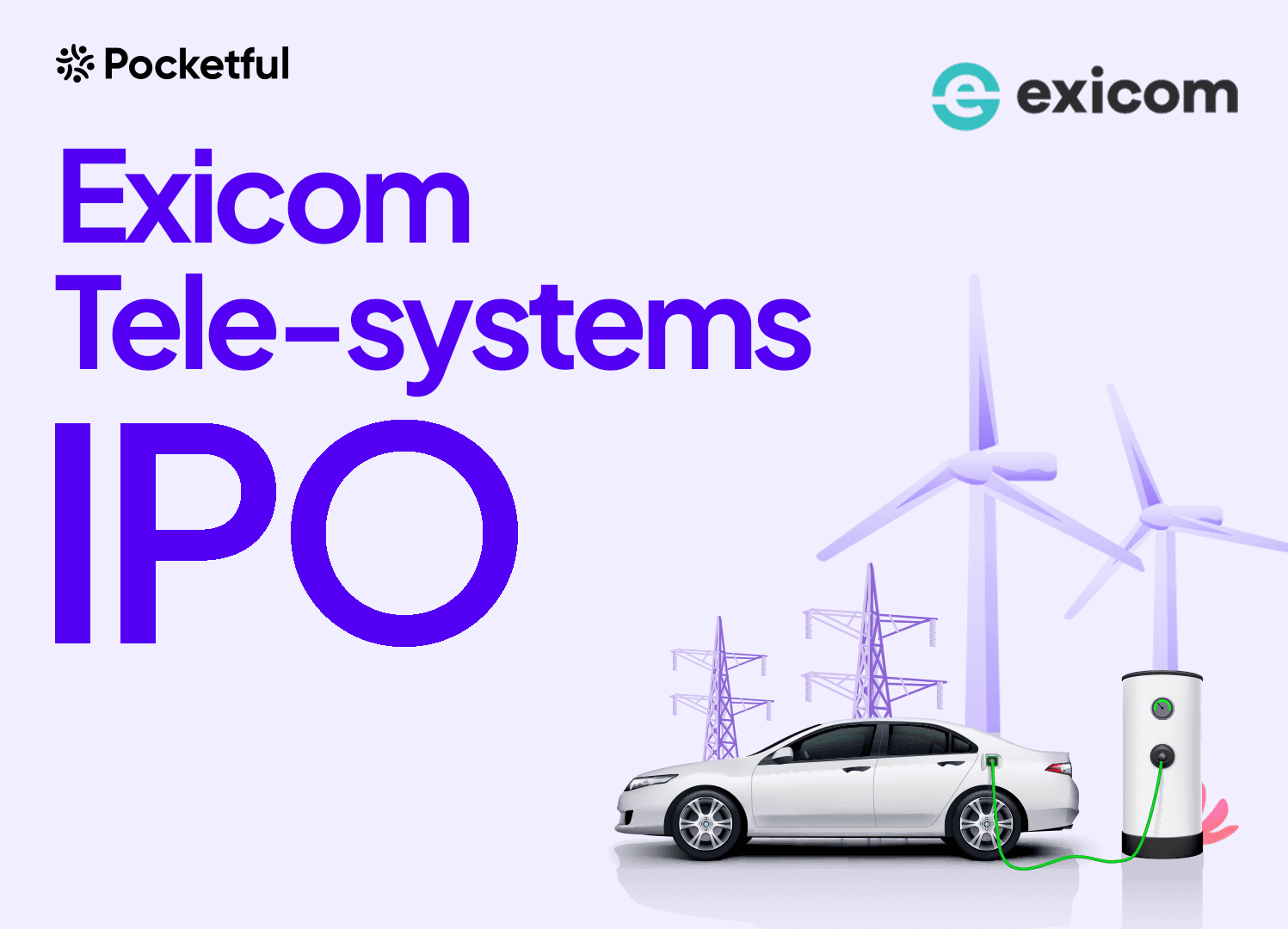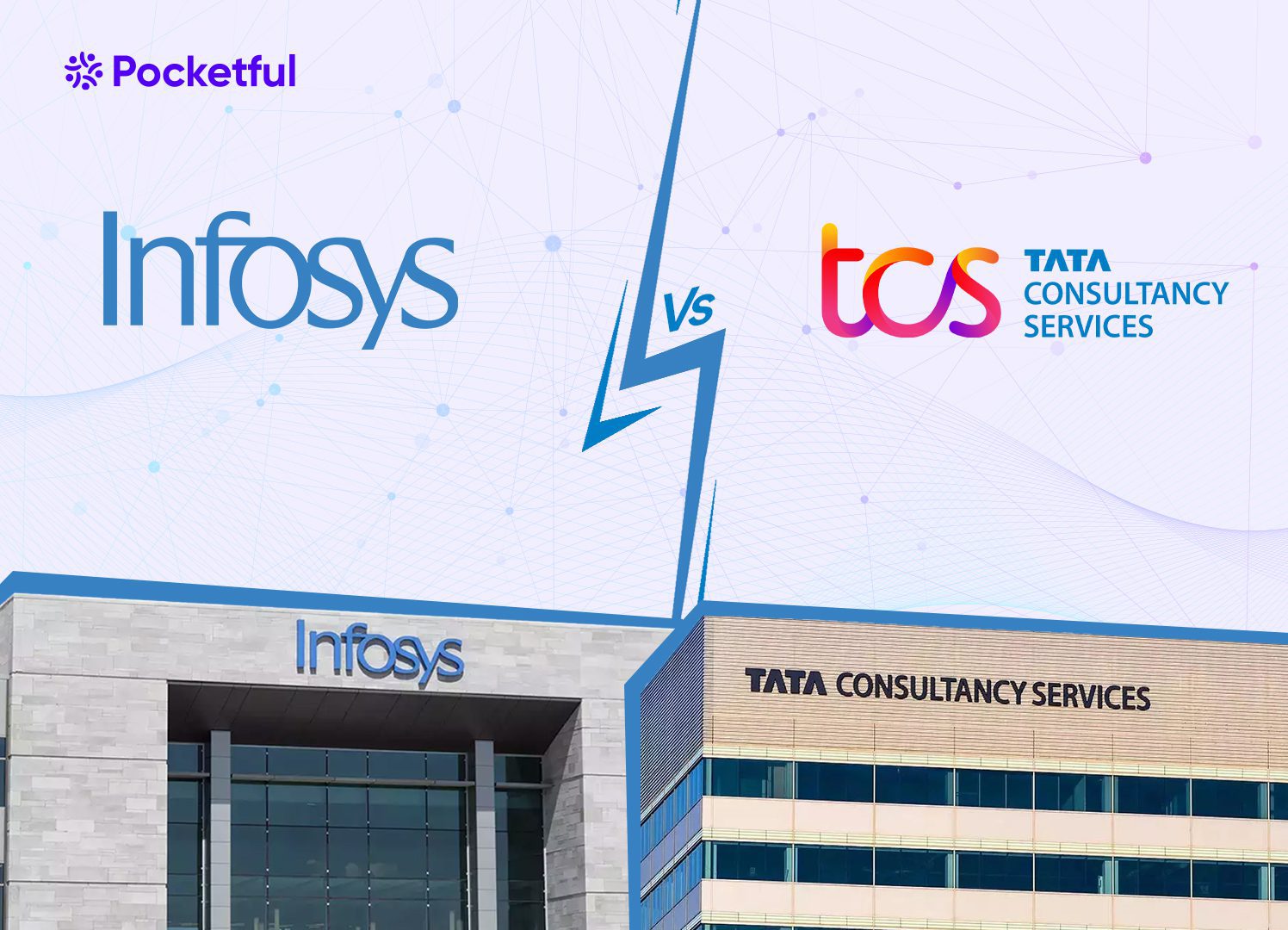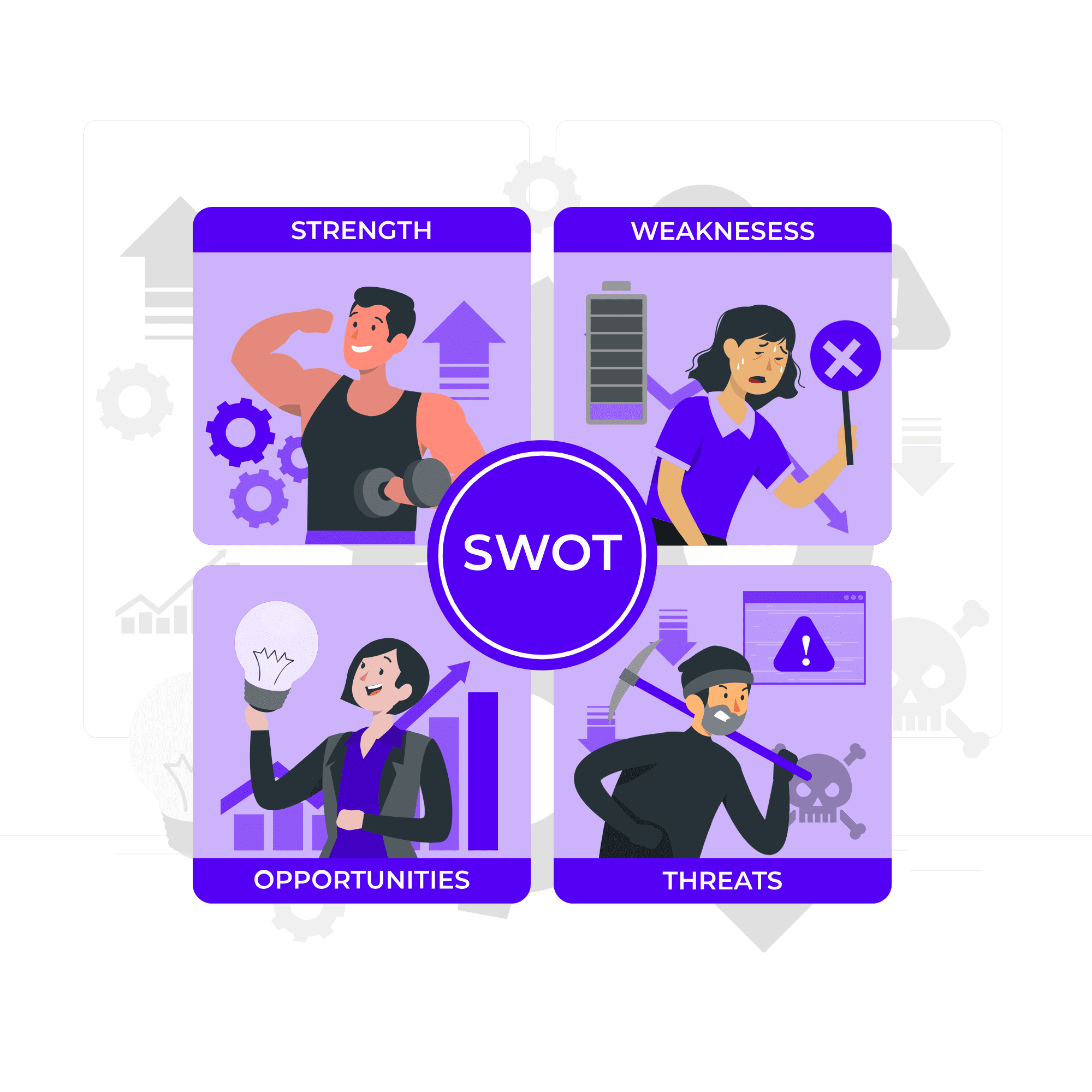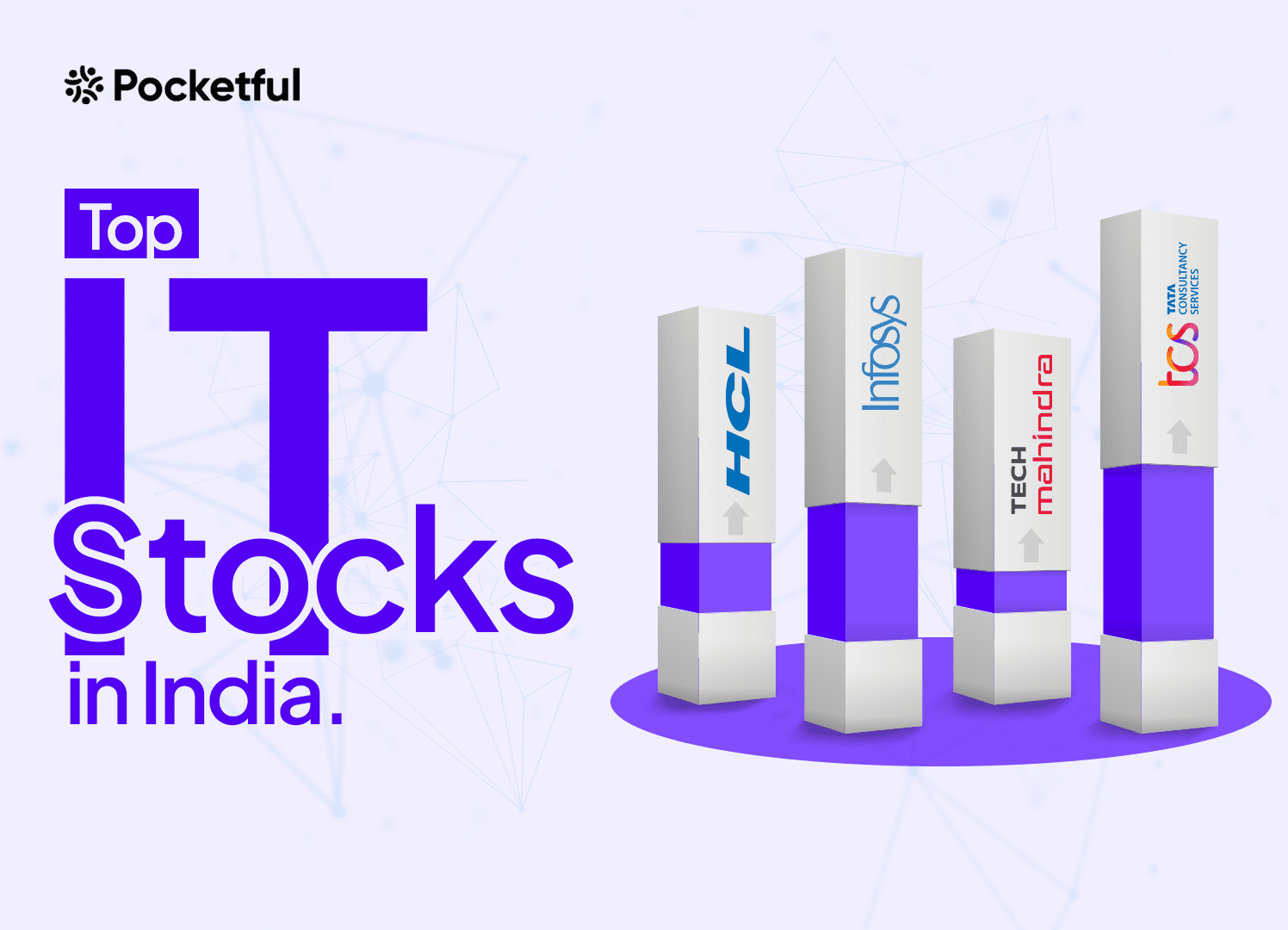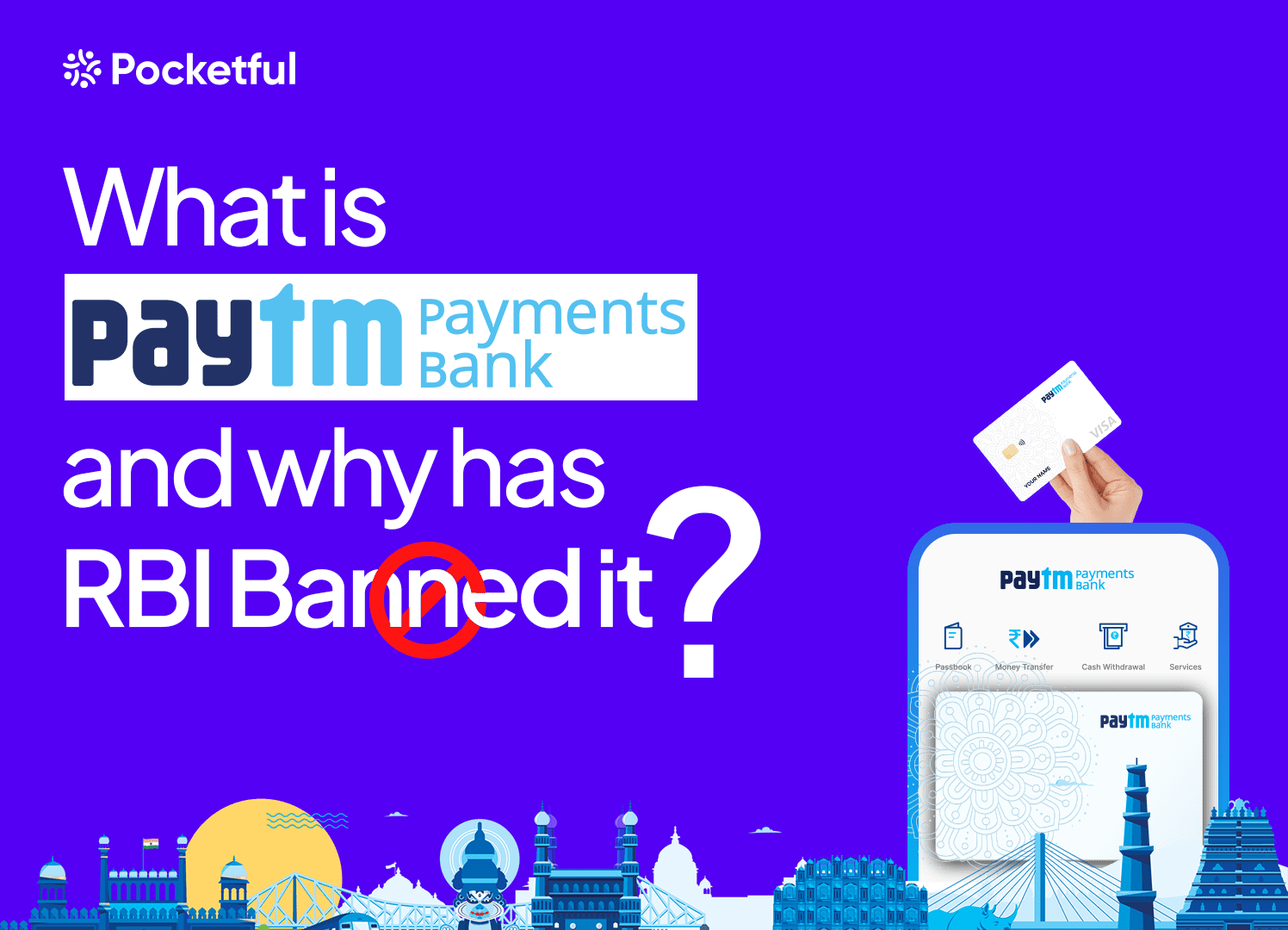The Indian infrastructure sector, particularly the road network, is rapidly growing. Bharat Highways InvIT, a novel investment opportunity in the Indian infrastructure sector is new to the scene but carries an ability to generate stable income and offers a chance to invest in a portfolio of operational toll roads across India.
Today’s blog aims to provide a comprehensive overview of the Bharat Highways InvIT IPO, including its strengths, risks, and key considerations.
Business Model
Bharat Highways InvIT is an infrastructure investment trust established in India to acquire, manage, and invest in a portfolio of infrastructure assets, majorly focusing on roads across the country. It operates under a Hybrid Annuity Model (HAM), where it receives fixed and variable payments depending on the performance of the project it holds.
The HAM model is used by the Government of India to finance and execute infrastructure projects. It was introduced in January 2016 to encourage investment in road infrastructure projects.
It combines elements of two other models.
- EPC Model – The Engineering, Procurement, and Construction Model is the model in which the government pays the private developer for constructing the road but then owns and maintains it themselves.
- BOT Model – The Build, Operate, and Transfer model is the model in which a private developer builds, operates and collects tolls on the road for a fixed period before transferring the ownership back to the government.
Under the HAM Model, the government provides 40% of the project cost as construction spend in equidistant instalments, and the private developer arranges for 60% of the funding through a combination of equity and debt.
The company was registered with SEBI on August 3, 2022, and was settled through the Original Trust Deed by GRIL.
GRIL or GR Infraprojects Limited is a private company and a flagship entity of GR group. It is involved in integrated road engineering, procurement, and construction with an experience over 25 years of in the design of several road/highway projects across 16 states in India.
Did You Know?
GRIL has executed more than 100 road construction projects since 2006.
The portfolio assets consist of seven road assets, all operating on the HAM model, in the states of Punjab, Gujarat, Andhra Pradesh, Maharashtra, and Uttar Pradesh. These roads are maintained as per the rights granted by NHAI and are owned and operated by the Project SPVs, which GRIL wholly owns.
The seven projects are as follows:
- GR Phagwara Expressway Limited
- Porbandar Dwarka Expressway Private Limited
- GR Gundugolanu Devarapalli Highway Private Limited
- GR Akkalkot Solapur Highway Private Limited
- Varanasi Sangam Expressway Private Limited
- GR Sangli Solapur Highway Private Limited
- GR Dwarka Devariya Highway Private Limited
Additionally, the InvIT has also proposed to enter into a Right Of First Offer (ROFO) agreement with GRIL, which means that GRIL will grant a right of first offer to the InvIT to acquire certain assets owned and developed by GRIL.

Key IPO Details
- Bharat Highways InvIT is a book-built issue of INR 2500 crore. The issue is entirely a fresh issue of 25 crore shares.
- The IPO will open for subscription on February 28, 2024, and will close on March 1, 2024.
- The allotment for the same is expected to be finalised on March 4, 2024.
- The temporary listing date is fixed as Wednesday, March 6, 2024.
- The price band for the IPO is set at INR 98 to INR 100 per share.
- ICICI Securities Limited, Axis Bank Limited, HDFC Bank Limited and IIFL Securities are the book-running lead managers, while K-fin Technologies is the registrar for the IPO issue.
Objectives of the Issue
Providing loans to the Project SPVs for repayment/ prepayment, in part or in full, of their respective outstanding loans (including any accrued interest and prepayment penalty); and other general purposes.
| IPO Date | February 28, 2024 to March 1, 2024 |
| Listing Date | Wednesday, March 6, 2024 |
| Price Band | INR 98 to INR 100 per share |
| Lot Size | 150 Shares |
| Fresh Issue | 250,000,000 shares |
| Issue Type | Book Built Issue InvIT |
| IPO Type | Main-board InvIT |
| Initiation of Refund | Tuesday, March 5, 2024 |
| Basis of Allotment | Monday, March 4, 2024 |
Read Also: IPO Alert: Entero Healthcare Solutions Limited (EHSL)
Financial Highlights
| Key Metrics | FY 2023 | FY 2022 | FY 2021 |
|---|---|---|---|
| Total income | 1,537.47 | 1,600.18 | 2170.39 |
| Total expenses | 816.48 | 1,515.68 | 1,936.07 |
| Net profit | 527.04 | 62.76 | 139.44 |
| Total Assets | 6,056.27 | 5,536.39 | 4,943.94 |
| Total Liabilities | 4,939.02 | 4,946.19 | 4,416.61 |
Strengths
- Bharat Highways InvIT owns a portfolio of seven operational toll roads located across five states in India. These roads generate regular revenue in the form of toll collections, providing a stable income stream for the InvIT.
- The Indian government is committed to developing and expanding its highway network, which is expected to benefit toll road operators like Bharat Highways InvIT. The growing demand for road transportation in India is also a positive factor for the industry.
- Diversification of assets across different regions in India helps mitigate the risk of dependence on any single geographic location.
Risks
- Due to the InvIT’s recent establishment, its future growth potential remains unclear, hindering accurate assessment and analysis.
- The success of the InvIT relies on finding new infrastructure assets that deliver similar financial performance. Failure to do so could harm the business, finances and ability to distribute returns.
- Early termination of InvIT assets could significantly impact the financial health due to non-receipt of payments.
- Failure to meet contractual road maintenance standards could lead to penalties, contract termination and harm the reputation, finances and business operations.
Read Also: Popular Vehicle and Services IPO: Key Details, Financials, Strengths, and Weaknesses
Conclusion
Bharat Highways InvIT presents a new investment opportunity in the Indian infrastructure sector and is backed by India’s growing road network and government support. However, investors should carefully consider the challenges linked with its business before making any investment decision.
Frequently Asked Questions (FAQs)
What is the price band of the Bharat Highways InvIT IPO?
The price band for the IPO is fixed at INR 98 to INR 100 per share.
When will the allotment and listing of shares occur?
Allotment of shares is expected to be finalised on March 4, 2024, and shares are expected to be listed on BSE and NSE on March 6, 2024
What is the objective of the IPO?
The objective of the IPO is to raise funds for further expansion.
What risk can I face while investing in this IPO?
The InvIT is new with a limited track record, uncertain future growth and contractual risks.
Should I prefer investing in Bharat Highways InvIt IPO?
We suggest you conduct thorough research and consider your risk tolerance before making any investment decision.
